Embrace Minimalism: Create a Calm and Clean Home Environment
Is your home feeling cluttered? Looking for a way to create a serene, beautifully designed space? Minimalist design might be your perfect solution.
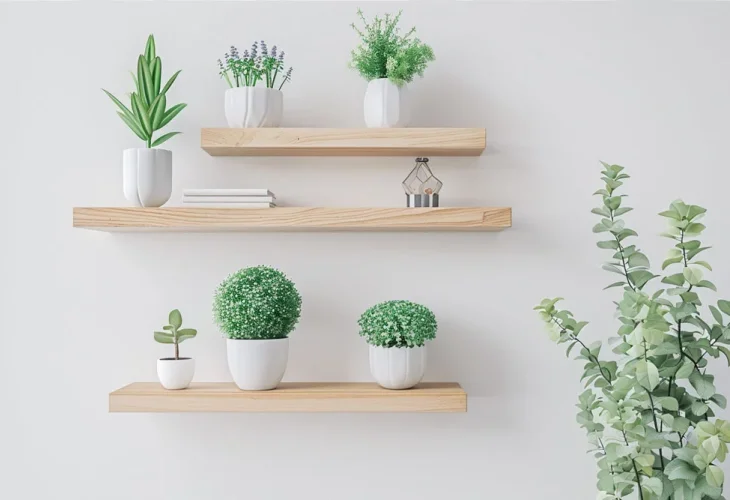
Who doesn't want a cleaner, more organized home that feels calm? It seems we are all searching for a way to not only tidy and organize our homes but also make them aesthetically pleasing and cozy. Minimalist design provides that answer, adding beauty while offering excellent order and organization solutions.
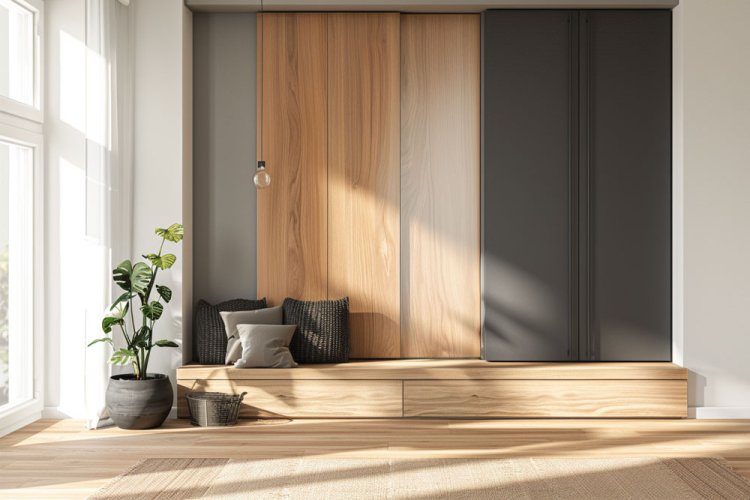
What is Minimalist Design?
Minimalist design is a style focused on simplicity, functionality, and clean aesthetics. It involves using fewer items, clean lines, neutral colors, and natural materials like wood and stone. The goal is to create an organized, spacious, and visually appealing environment that allows for calm and peace while reducing clutter. The simple and clean design makes spaces feel open and airy, creating the desired atmosphere.
Image 2

How to Implement Minimalism in Home Design
- Simplicity and Cleanliness: In minimalism, simplicity and cleanliness are key principles. Simplicity is reflected in choosing furniture and accessories with clean, straight lines, without unnecessary decorations or complex designs. This allows the space to appear tidy and organized, creating a calm and serene atmosphere. Cleanliness is achieved through a clutter-free environment, where each item has its designated place and does not disrupt the natural flow of the space. A simple and clean design contributes to a spacious feel and makes maintaining daily order easier.

- Functionality: Every item in minimalist design must serve a clear function. The selected furniture and accessories are not only beautiful but also practical and suitable for daily needs..
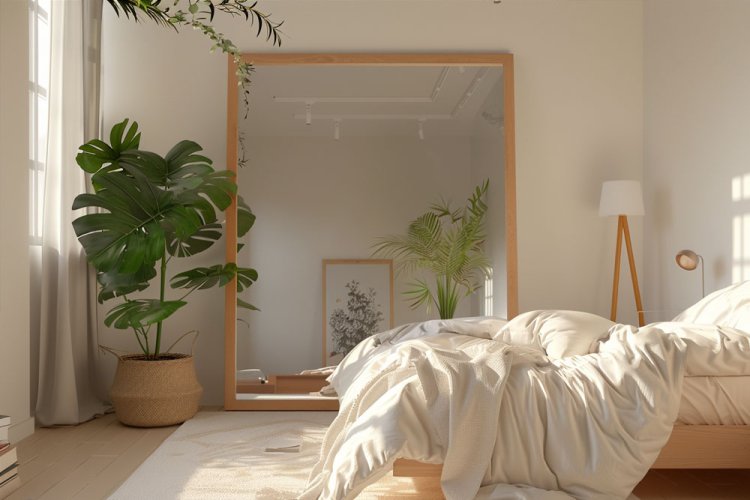
- Order and Storage: Minimalism emphasizes the importance of order and proper storage. Smart storage solutions like built-in shelves, cabinets with hidden doors, and concealed storage spaces under beds and furniture are integral parts of minimalist design.
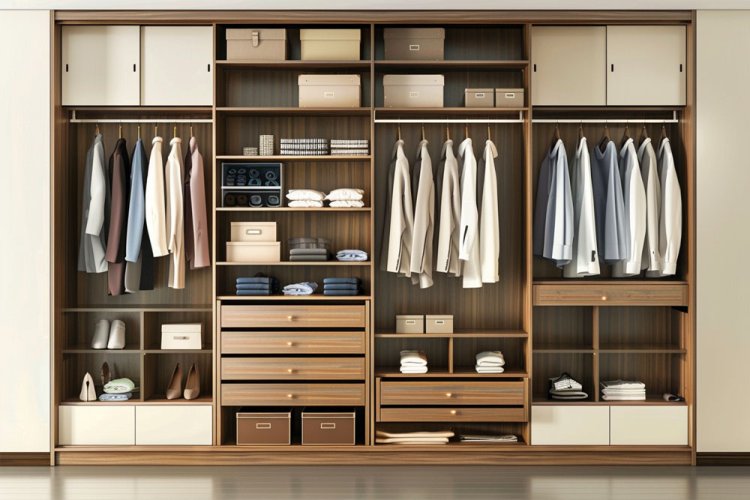
- Neutral Color Palette: Colors like white, gray, beige, and black dominate minimalist design. The neutral palette creates a calm atmosphere and gives the feeling of an open and clean space.
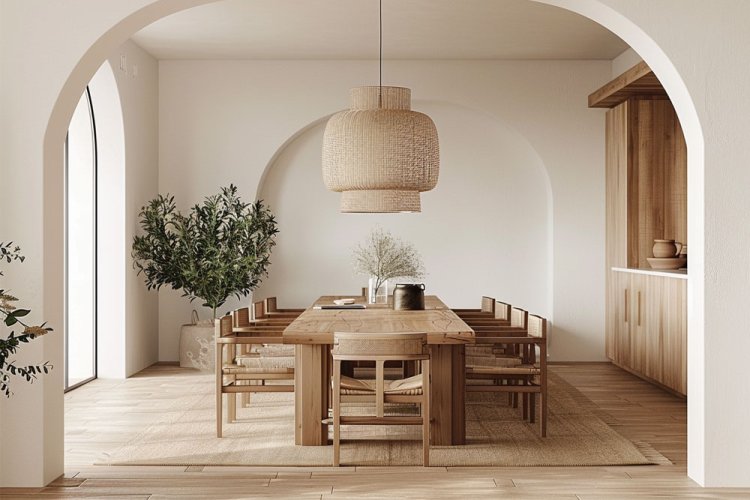
- Use of Natural Materials: Wood, stone, metal, and glass are hallmark materials of minimalist design. These natural materials bring warmth and character to the space, complementing the neutral palette.
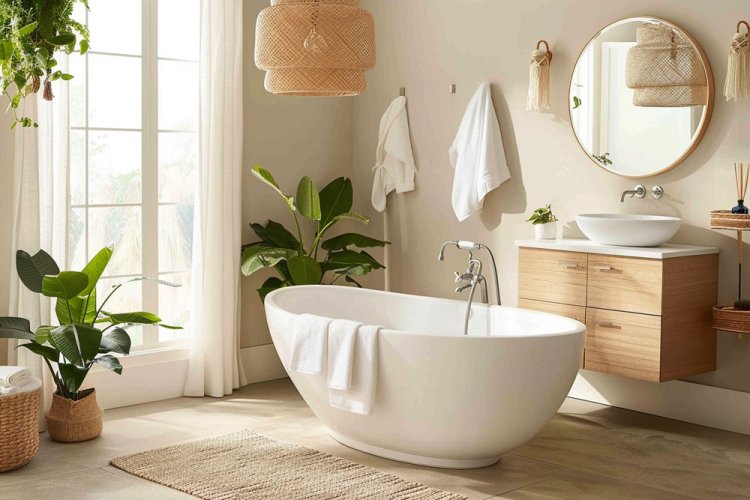
Want an Example?
Consider a minimalist living room. Here, you might find a simple sofa in a neutral tone, a coffee table made of natural wood, and two additional armchairs with clean lines. Adding a simple, solid-colored rug and several throw pillows with various textures adds interest. Natural light from large windows (if available) gives the room a soft and pleasant glow, and one can always incorporate simple floor lamps to enhance lighting.
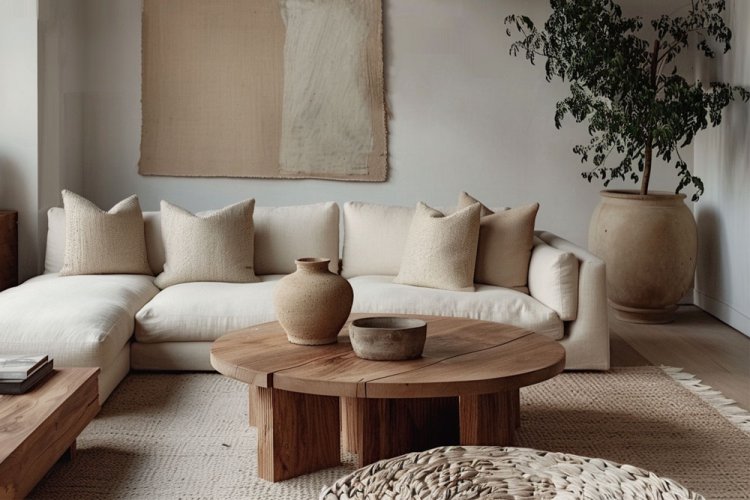
A minimalist kitchen would feature smooth white cabinets with concealed handles, a countertop made of stainless steel or natural stone, and functional furniture. Appliances would be hidden in the cabinets, and work surfaces would be as empty and clean as possible.
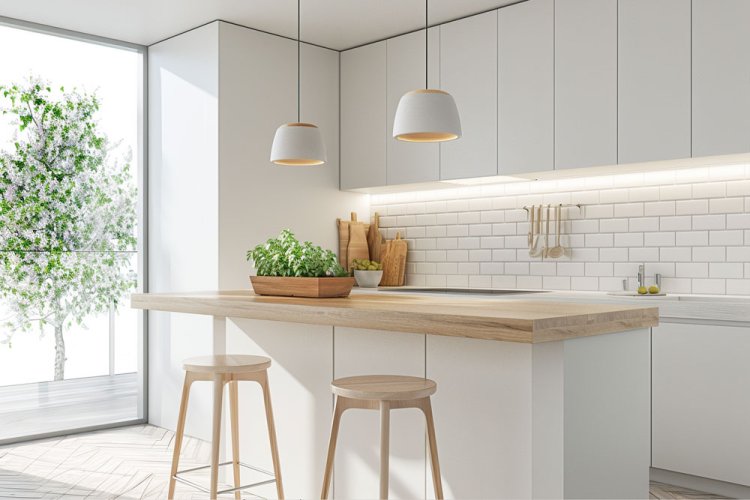

A minimalist bedroom would include a low bed with a natural wood or fabric neutral-toned headboard, simple side tables, and soft lighting. The bed would be dressed in clean white linens, and personal items would be stored in hidden drawers or a simple and organized wardrobe.
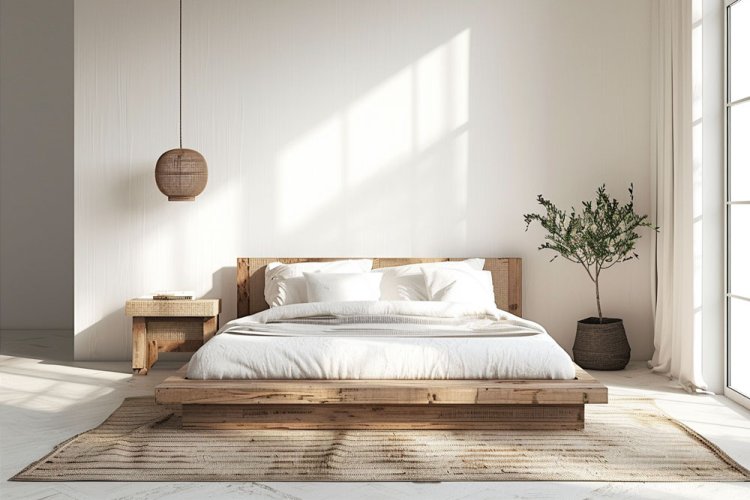
Minimalism Dos and Don'ts
- Overcrowding
A principle of minimalism is to avoid overcrowding the space with too many objects. Excess items can disrupt the sense of order and peace. It is vital to choose only essential items and leave some empty space.
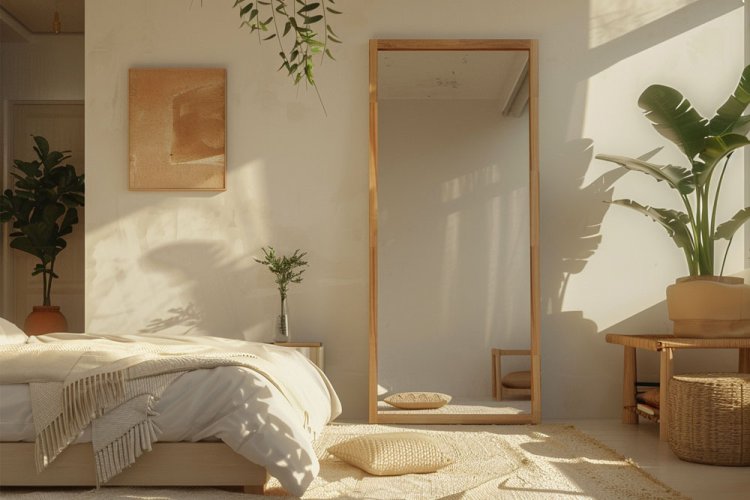
- Lack of Natural Light
Natural lighting is crucial in minimalist design. Large, open windows allow natural light to enter the home and contribute to a sense of openness. It's important to avoid excessive use of artificial lighting, particularly harsh and glaring lights.

- Inadequate Storage
Minimalist design requires organization to maintain a clean and orderly environment. To achieve this, planning smart storage solutions tailored to the home's and family's specific needs is essential. Hidden or integrated shelves are perfect for maximizing storage space without cluttering the room. Shelves can be installed within walls, niches, or even within existing furniture. This way, you can keep necessary items without disrupting the clean and organized design.
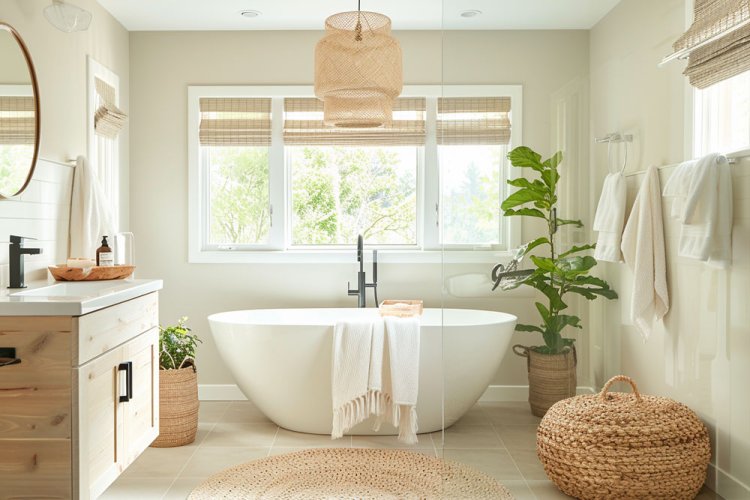
Minimalism in home design is more than just an aesthetic style – it's a lifestyle that allows you to focus on what truly matters, creating a tranquil and pleasant living environment. By adhering to principles of simplicity, functionality, and order, you can transform your home into a place of peace and harmony. By avoiding common mistakes and sticking to minimalist principles, you can enjoy a beautiful and functional space that serves you best.
Loving the minimalist design? Would you want a minimalist home? Let us know in the comments.

